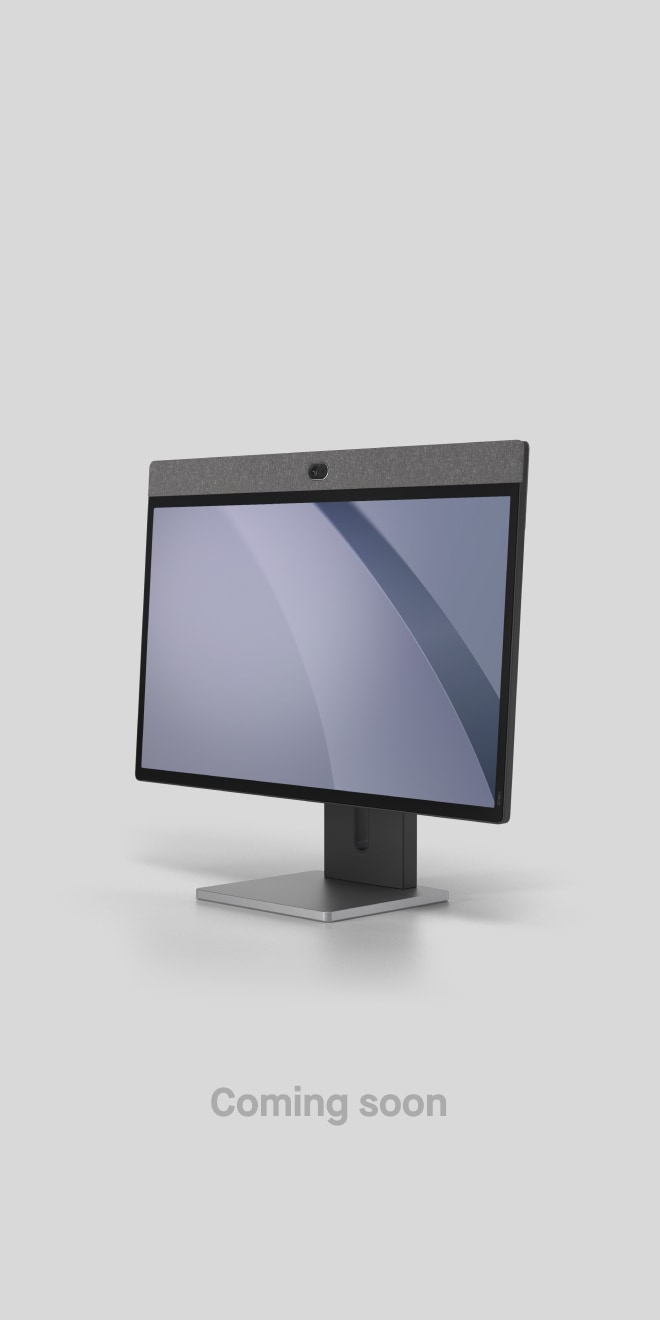How to Run a Brainstorming Session Virtually
Neat, Sep 5, 2022

Brainstorming sessions take a slightly different approach in a virtual setting. The most important consideration is to make sure everyone is seen and heard, which can be easier said than done with remote participants. Read on to learn how to run a brainstorming session virtually and enjoy optimal outcomes.
How to Run a Successful Remote Brainstorming Session
- Plan ahead.
- Set an agenda.
- Share the purpose of the brainstorming session.
- Pick a brainstorming approach.
- Choose a virtual space to host the session.
- Use brainstorming technology.
- Compile first, explore second.
- Set a time limit.
- Choose a facilitator.
- Set ground rules for idea sharing.
- Test your technology.
- Gamify the session.
What Is a Brainstorming Session?
We define a brainstorming session as a meeting (either in-person, remote or hybrid) where attendees share and discuss ideas related to a common goal or project. Every attendee has the opportunity to share their thoughts.
The goal of a brainstorming session is to pour out as many ideas and thoughts as possible. Write down every idea so you can go back to them, sift and flesh them out once the brainstorming session is over.
What to Know About Virtual Brainstorming Sessions
Learning how to run a brainstorming session remotely takes several additional nuances into account compared to in-person brainstorming.
A Lack of Transparency and Familiarity
For starters, there’s no side-by-side or face-to-face contact with other participants. You don’t have the benefit of seeing someone’s body language to know whether they’re engaged or how they’re feeling about what’s being shared.
There’s also the fact that team members may have never stepped foot into the office. In that case, they probably don’t know their coworkers beyond virtual meetings. A lack of personal connection in a virtual brainstorming session could cause people to hesitate when contributing their thoughts.
Neat devices help remove these obstacles with innovative technology that mimics real-life conversation. Neat Symmetry for instance presents everyone in the meeting room equally up close and auto-frames them whether they’re sitting, standing or moving around. This enhancing the focus on whoever’s talking and creates more natural, free-flowing conversation.
Technology Trouble
Productive virtual brainstorming needs good technology and connectivity. However, these aren’t things you can always count on. Someone’s computer might need to reboot or update, or there might be background noise or other distractions that take away from the meeting.
Remote team members may have a hard time hearing each person. This could be due to connectivity issues, background noise, volume issues, poor sound quality or distance from the microphone. People might also talk over each other, especially if they can’t see others’ visual cues that indicate they’re about to share an idea. The confusion that comes from fragmented sounds or faulty tech could mean missing out on great brainstorming ideas.
Neat devices can fix these problems. For instance, Neat Bubble blocks out background noise (e.g. barking dogs, doorbells, other people talking etc) that might interfere with the conversation. It creates a “bubble” around the participant to optimize the sound quality.
Neat Boundary works similarly, but focuses on the visual element. It eliminates things in the background that could be distracting to other users. It keeps the participant neatly framed at all times, whether they’re standing, sitting or moving around the room.
How to Run a Successful Remote Brainstorming Session
Learning how to run a virtual brainstorming session can help everyone in the meeting get more from the process. Let’s look at some tips and best practices on how to prepare for a brainstorming session in a remote setting.
Plan Ahead
Planning ahead helps you keep your brainstorming session on track. You know what you want to get out of the session and can keep the conversation focused on those goals.
Prior planning can also help you avoid potential pitfalls, such as making sure everyone has access to the virtual session, inviting the right people and maximizing participation.
Set an Agenda
Successful brainstorming sessions thrive on structure. Setting an agenda (and sticking to it) ensures you respect everyone’s time and receive an optimal outcome.
For example, your brainstorming agenda might look something like this:
- Discuss the key topic or goal.
- Set boundaries for the brainstorming session.
- Assign roles for the session (e.g. someone to capture all ideas, someone to moderate the timer etc).
- Start brain dumping and documenting every idea.
- Come together to discuss the ideas.
- Vote on the best ideas.
Adding structure to the meeting allows everyone to have the same expectations for what’s to come.
Share the Purpose of the Brainstorming Session
Everyone participating in the brainstorming session should understand its purpose. Share why they’re being asked to participate and what you’re trying to achieve. Helping them connect the dots may inspire them to share more or come up with more impactful ideas.
Choose a Brainstorming Approach
There’s more than one way to brainstorm. We suggest picking one approach to structure your session. Tried-and-true brainstorming methods include:
- Pick 3: Everyone writes three ideas related to the problem and shares them with the group. This is a great way to stay focused on the topic and ensures everyone participates equally.
- Rapid-Fire Ideation: Everyone writes down as many ideas as they can in a given timeframe. Then, the group comes together to share.
- Round Robin: Every person contributes one idea at a time, going around in a circle. No one can share a second idea until everyone has shared at least once.
- Mind Mapping: The session starts with one idea. Then, more ideas stem from the original idea. Those ideas can spark additional ideas and so on. This is a great visual approach to brainstorming and works well if you have a whiteboard, such as Neat Board.
With each of these methods, make sure you have a way to capture the ideas being shared so everyone can see them during the session. For example, Neat Board’s large touchscreen gives you an easy way to organize and share thoughts. It gives you an infinite canvas to document your ideas.
Choose a Virtual Space to Host the Session
Companies today have plenty of options for virtual conferencing technologies. Ideally, you’ll choose a virtual or hybrid space that allows for face-to-face interactions.
Neat devices are designed for one-touch launch for Zoom or Microsoft Teams. Instantly start a meeting and see all of your participants in crystal-clear quality. Neat cameras help you see facial expressions and other details that are commonly left out of other webcams, giving you a better idea of how participants are engaging.
Use Brainstorming Technology
Technology empowers the virtual brainstorming process. With whiteboards, for example, users can draw their ideas, create charts and mind maps and easily capture and share information. Kanban boards can be a great follow-up tool to organize ideas and put them into motion. And Google Docs make it easy to share the results of the brainstorming session when it’s over.
Neat’s integration with Zoom Whiteboard brings collaboration and virtual meetings into a single solution. Whiteboard access is available at your fingertips without having to bring in separate tools and software.
No matter what technology you use, make sure that all participants know how to access and use it. This can be part of your pre-planning process. Make a how-to video explaining how users can annotate documents or drawing their attention to specific whiteboard features.
Compile First, Explore Second
When there is a storm in nature, people and animals take shelter first and deal with the aftermath later. There is no “pause” button to secure objects, fix leaky roofs or address specific needs before letting the storm start again.
The same should be true with your brainstorming. The first goal is to allow all of your ideas to rain down. Flood the room first, then start picking those ideas apart once the actual brainstorm is over. This allows the creative process to flow uninterrupted.
If an idea doesn’t seem great at first, save it anyway. You can always disregard it later when you start to explore your ideas in more detail. And, in some cases, that “bad” idea might end up leading to something better!
Set a Time Limit
Virtual brainstorming sessions should have a clear beginning and end. This helps people build it into their busy schedules. Plus, a time limit puts a little pressure on them to make the session productive.
Choose a Facilitator
The person organizing the brainstorming session might not always be the facilitator. A good facilitator is someone who can clearly explain objectives, manage a clock, focus the conversation and encourage participation.
If you’re organizing a virtual brainstorming session but aren’t sure if facilitating is your strong suit, consider delegating this task to someone else. Choose someone who has leadership qualities, can get a group of people on the same page and knows how to create an environment where everyone feels comfortable sharing.
Set Ground Rules for Idea Sharing
Productive brainstorming happens when everyone has a chance to speak their minds. Setting some basic ground rules ahead of time can ensure this happens. For example, ask that no one speaks out of turn or criticizes another person’s idea. Consider setting time limits for each person to share their thoughts so that everyone has time to contribute.
Test Your Technology
Before the brainstorming session, take some time to test your technologies to make sure you know how to use them and that they work the way you expect. This can save time on troubleshooting once the brainstorming session has begun and keep the ideas flowing without interruption.
Gamify the Session
Gamification is a popular engagement method to encourage participation. It rewards points based on participation (e.g. a point for every idea), which can be redeemed for prizes. This incentivizes everyone to contribute an idea because they get something in return.
How to Run a Brainstorming Session with Neat
Learning how to run a brainstorming session virtually comes with unique considerations that you don’t experience with in-person brainstorming. At Neat, we’re helping teams overcome these challenges with purpose-built technologies that support virtual collaboration. Explore Neat devices today.






